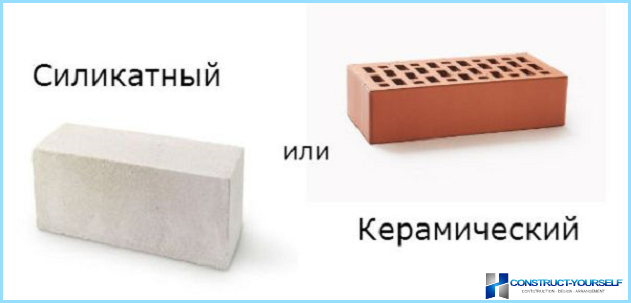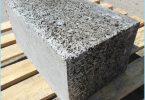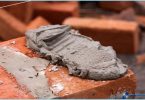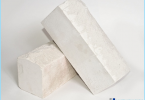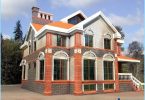The contents
- Define the characteristics of the brick
- What distinguishes ceramics from silicate
- Compare consumer quality
- Heat resistance and cold resistance
- The thermal conductivity and insulation
- The ability to deal with the noise
History the use of bricks in construction of buildings several centuries old. The first bricks were obtained from clay, firing in a specially made furnaces. A variety of thus obtained material was only using different types of clay in various places of the production of bricks. Was not uniform standards, every manufacturer did that on the products that he was comfortable. For low-rise buildings of the time with the hardwood floors were good and the material is, the more alternatives he is still not there.
Define the characteristics of the brick ↑
In order to properly understand the question of what material to buy for the construction, you need to familiarize yourself with the basic parameters of both types of blocks, however, in some cases, it is preferable to use one or another construction material. Because each type has its strong and weak sides. Carefully examining their specifications, you will be able to understand what distinguishes one from the other, to make a choice and use each material to destination.
The main technical characteristics of brick:
- strength;
- the density and weight;
- heat resistance;
- frost resistance;
- thermal conductivity;
- water absorption;
- insulation;
- soundproofing.
What distinguishes ceramics from silicate ↑
With the beginning of mass construction of tall buildings in the early twentieth century, widespread sand-lime brick. The main difference between sand-lime brick from the ceramic technology is to bind the filler.
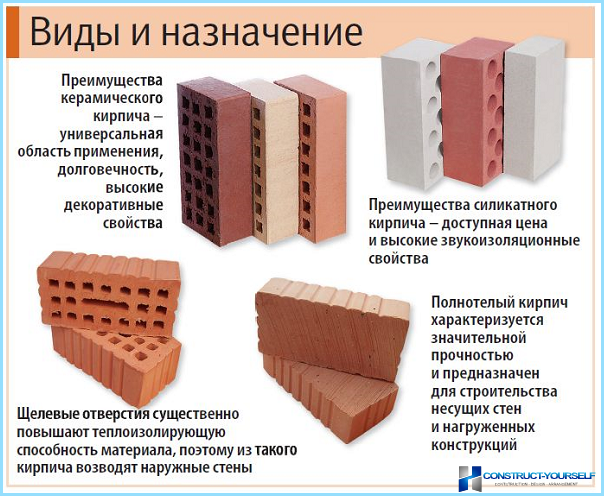
Earlier the technology was easier and took much less time than ceramic. If the production of a batch of ceramic bricks from clay occupied about a week, the same batch of silica brick could be obtained in less than a day.
In addition, for sand-lime brick do not require any special components, raw materials for its production are sand, lime and water. In the modern production adds a slight amount of the binder additives that improve the technological characteristics of silica brick, but at the cost of the product, it has little effect.
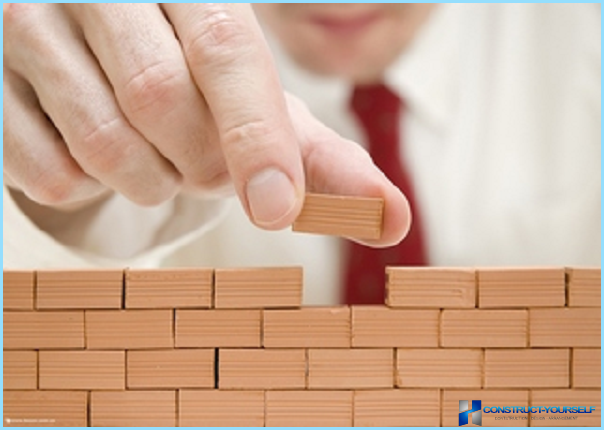
In modern construction of new materials with improved technological characteristics, however, and silicate and ceramic bricks do not lose their positions. As before, they find wide application in the construction of modern buildings, used for the construction of the main walls, and as facing material.
Compare consumer quality ↑
At first glance it is unclear which stone is better to choose for building a house or cottage: a silicate or ceramic, different ceramic and silicate. For the price of sand-lime brick is much more attractive, the cost is almost less than half than the ceramic counterpart.
For a full understanding compare the most important qualities:
- Resistance to heat and fire;
- Resistance to frosts;
- Heat preservation;
- Insulation.
To get the full picture you need to compare the rates from silicate and ceramic material, then the received information will allow to draw conclusions which brick is better. Strength high enough in both types of bricks.
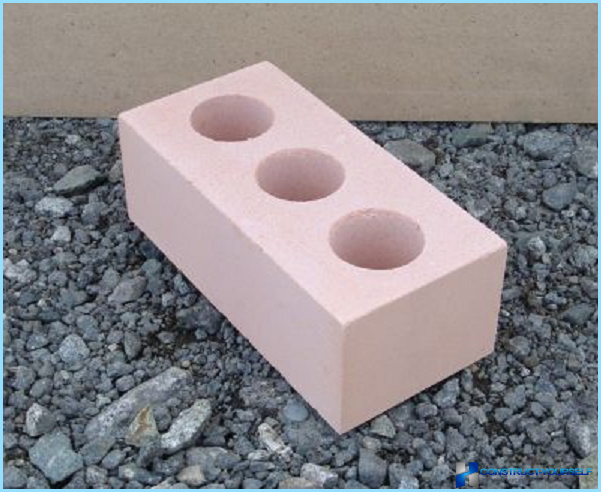
The density of the silicate exceeds the performance of the ceramic counterpart. The weight of a full-bodied single-unit 3.3 and 3.6 kg, half 4-4,3 kg. Hollow weighs a little less, but the load on the Foundation will still be significantly higher than when using ceramic bricks. Laying sand-lime stone will also be heavier because of the rather large weight.
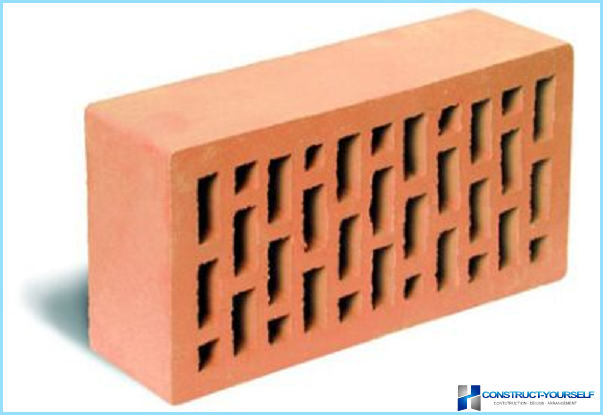
Heat resistance and cold resistance ↑
The silicate material has a heat resistance up to 600ZeroC, above this temperature it will break down. Due to this lime stone is used in masonry stoves, fireplaces, chimneys and other structures that will be subjected to intense heat. The ceramic material will give a good heat resistance, especially clinker option. He successfully replaced silicate fellow in the computation of the above structures. Besides, the ceramic stone has a fire resistance up to 6 hours, while silicate can withstand up to 3 hours.
Frost resistance is an important characteristic of brick in our climate with wide extremes of temperature and long period of winter frosts. Frost on the stone marked with the letter F and indicates the number of cycles of freezing and thawing without loss of properties. The silicate this figure is F15-F35, recently, through the use of special cold-resistant additives, have managed to raise this figure to F50.
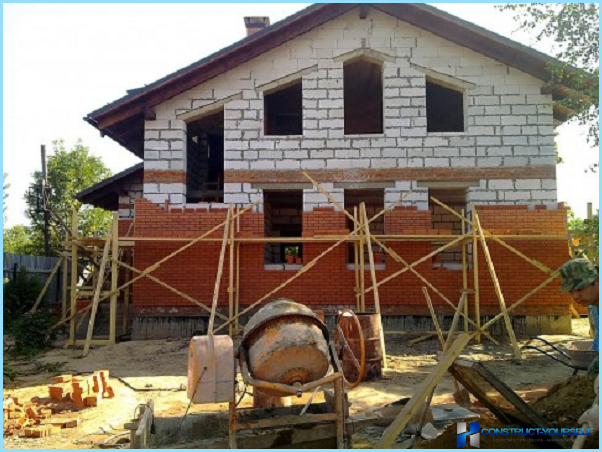
Ceramic material greatly exceeds these figures, its cold resistance is evaluated in the normal version F50, and paving stone has an index of frost resistance F100. Clearly, if you live in an area with enough frosty winter, it is preferable to use ceramic brick. In warm southern areas with mild winters you are completely satisfied and frost resistance of silica brick.
The thermal conductivity and insulation ↑
The rate of heat conduction will evaluate how the heat will be in your future home. Completely dehydrated silicate brick has a thermal conductivity coefficient of 0.4-0.7 W/M*K. In the aging process, the prevalence rate is 0,56-0,95 W/M*K. the facing ceramic thermal conductivity coefficient of 0.34-0.57 W/M*K.
In the case of constructing the external walls of sand-lime stone required additional insulation, can be used for cladding ceramic hollow block, it will save precious heat inside the house.
Another important advantage of the ceramic stone is that it almost does not get wet from snow or rain, and an indicator of its thermal conductivity will not depend on what the weather is outside. The disadvantages of silicate material is the fact that when wet, its thermal conductivity increases significantly, that is, at high humidity on the street, he will give the warmth of the house even faster.
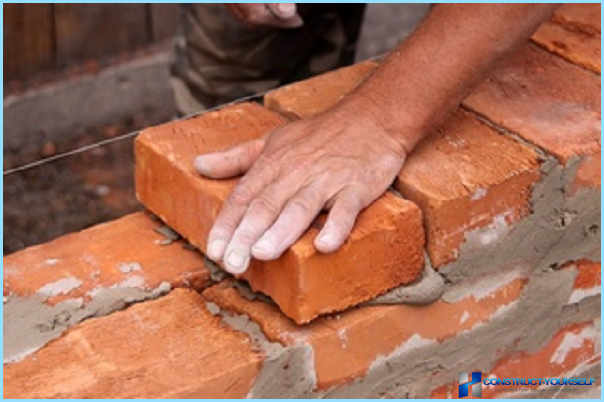
Also a serious problem of silicate blocks is its high water absorption, from 10 to 13%, in addition, due to the way the production it has a natural moisture content to 18%. Silicate brick easily pulls the water, because of this, there are some limitations to its use.
Not used silicate building material for the construction of underground structures and basements, basements, showers, baths, saunas, laundries with overly humid atmosphere. In these cases it successfully replaces the ceramic counterpart. It almost does not absorb moisture, it will not develop fungus and mold. The rate of water absorption conventional ceramic bricks is in the range of 6-13%, and in the case of using a paving option, 2-3%. If you still need to use lime stone for the external walls of the building, it is recommended to treat walls is built a special water-repellent solutions (a glass) to reduce water absorption.
In terms of thermal advantage has a ceramic stone, as mentioned above, due to the significantly smaller rate of heat conduction.
The ability to deal with the noise ↑
The sound insulation performance in the lead silicate material. The results 50-51 45-46 DB DB vs ceramic. Because of this, the properties of the silicate unit is recommended to use for partitions inside the building. This will allow to create a sufficient level of sound insulation when building the walls just a half-brick. Moreover, the internal partitions do not get wet, and their insulating properties are not essential, so that the weaknesses of silica brick inside the building – not a hindrance. But note that the sand-lime brick is better not to lay in the walls of the bathroom or shower room.
Another characteristic of the bricks is water vapor permeability. Ceramics gives a figure of 0.16 mg/m*h*PA, while the silicate is 0.05 mg/m*h*PA. Water vapor permeability of ceramic brick above that allows the house «breathe». In the case of construction of sand-lime block, you must perform an air gap, this will require special skills of the masons.
The advantages of sand-lime block need to include the fact that there are practically no efflorescence, unlike ceramic. And, of course, silicate brick is much cheaper, the price difference can range from 30 to 50% in favor of silicate stone.
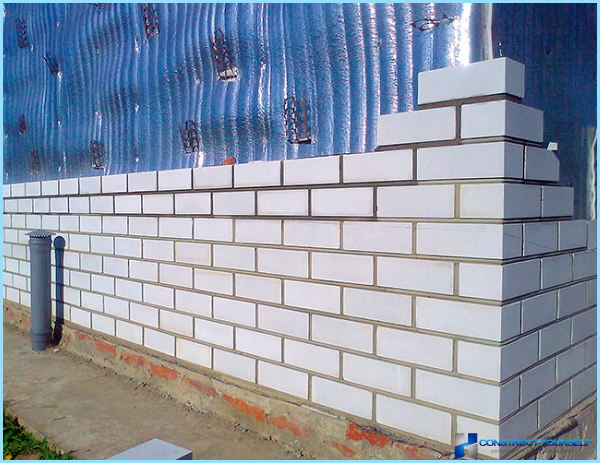
Of course, an important argument is the range of products. Here the palm have to give a ceramic version. Especially in the range of facing bricks, there are a large variety of colors, as well as options of smooth and embossed surface. Calcium silicate bricks in the facing option available mainly with a smooth surface, and with a large variety of colors, too, can not. Due to the presence in its composition of lime as dyes can only be used for sustainable mineral pigments, so the range of colors of sand-lime brick has only few options.
Conclusion ↑
Thus, what type of brick will work, simply say – harder to choose, each has its advantages, disadvantages and the right for existence and use. Knowledge of the technical characteristics and recommendations for use of particular type of bricks will allow you to avoid mistakes and make the right choice. And the result is a robust and beautiful building that will last you for years.

